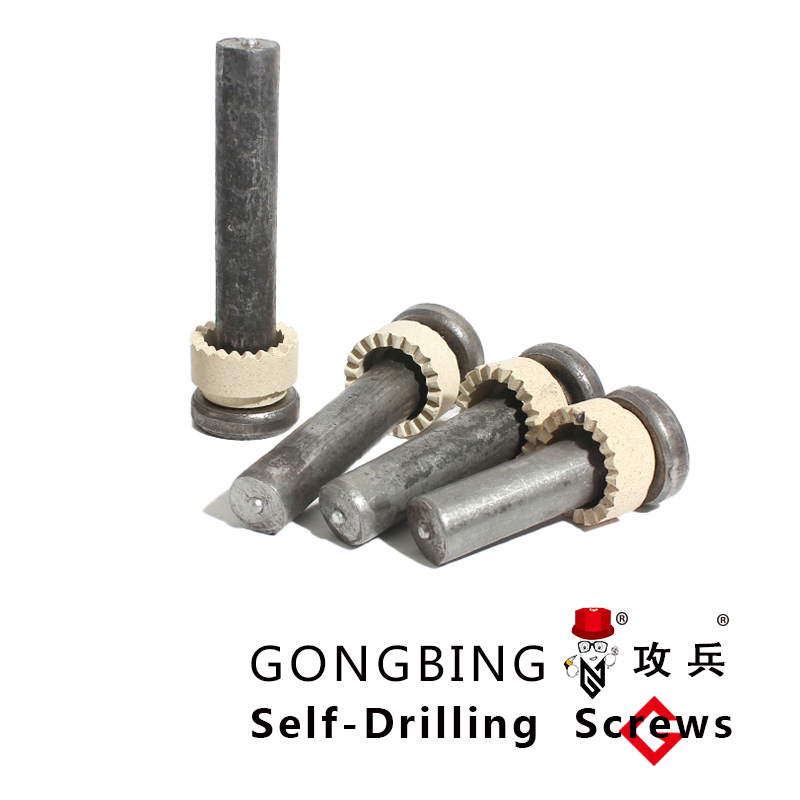self drilling screws for wall
Self-Drilling Screws for Wall Applications
When it comes to construction and home improvement projects, selecting the right fasteners is crucial to ensuring a secure and durable finish. Among the various fastening options available, self-drilling screws stand out as a favored choice, particularly for wall applications. They are designed to make the fastening process more efficient, saving time and reducing the effort required for installation. In this article, we will explore the benefits of using self-drilling screws for walls, their types, and best practices for installation.
What are Self-Drilling Screws?
Self-drilling screws are specialized fasteners equipped with a drill-like point that allows them to create their own hole as they are driven into materials. Unlike traditional screws, which require a pre-drilled hole, self-drilling screws can penetrate various substrates, including metal, wood, and plastic. This feature dramatically reduces the preparation time and tools needed for installation, making them a preferred option for builders and DIY enthusiasts alike.
Advantages of Self-Drilling Screws
1. Time Efficiency One of the primary advantages of self-drilling screws is the reduction in installation time. Since they do not require pre-drilling, contractors and homeowners can complete projects faster. This is particularly beneficial in large-scale construction where speed can significantly affect labor costs and timelines.
2. Versatility Self-drilling screws are versatile and can be used in a wide range of applications, including drywall installation, metal framing, roofing, and securing fiberglass to wood. Their ability to handle different materials makes them suitable for both interior and exterior projects.
3. Strength and Reliability Self-drilling screws are designed to hold tight under tension and shear forces, ensuring that installed materials will remain securely fastened over time. The threading along the shaft of the screw enhances grip, providing considerable holding power.
4. Reduced Risk of Breakage Traditional screws can often break during installation, especially if excessive force is used or if the material is particularly hard. The design of self-drilling screws minimizes this risk, reducing the chances of failures and the need for replacements.
5. Less Equipment Required With self-drilling screws, you typically only need a power drill or a screwdriver to complete your project. This reduces the need for additional tools such as drill bits, making it a more accessible option for various skill levels.
Types of Self-Drilling Screws
Self-drilling screws come in various types, each tailored for specific uses
self drilling screws for wall

- Metal Self-Drilling Screws Ideal for fastening metal to metal. They are commonly used in metal framing and roofing applications.
- Wood Self-Drilling Screws Designed for wood installations, these screws often have a sharper point and deeper threads to enhance grip.
- Combination Screws These screws can be used in both wood and metal applications, making them versatile for mixed-material projects.
Installation Best Practices
To achieve the best results when using self-drilling screws for wall applications, consider the following best practices
1. Select the Right Size Choose screws that are appropriate for the thickness of the material you are fastening. Using screws that are too long can cause damage to the material, while those that are too short may not hold securely.
2. Maintain Correct Speed When using a power drill, set it to a moderate speed. Too high a speed can lead to overheating and can strip the screw head, while too low may result in insufficient penetration.
3. Use the Correct Torque Settings Adjust the torque settings on your drill to prevent overdriving the screws, which can cause the material to crack or the screw to break.
4. Space Screws Appropriately Ensure you space screws according to the project's requirements to maintain structural integrity. Too few screws can compromise hold, while too many can weaken the material.
5. Check for Compatibility Always verify that the screws are suitable for the specific materials you are working with to avoid any issues related to corrosion or breakage.
Conclusion
Self-drilling screws are an invaluable tool for anyone engaged in wall construction or home improvement projects. Their efficiency, strength, and versatility make them an ideal choice for professionals and DIYers alike. By understanding their advantages, types, and best installation practices, you can ensure a successful outcome for your projects involving wall applications. Whether you are framing a new wall or securing fixtures, self-drilling screws will help you achieve durability and reliability in your work.
-
Wedge Anchor Bolts: Secure Fastening SolutionsTala FouAug.05,2025
-
Insulation Fixings: Secure and Durable SolutionsTala FouAug.05,2025
-
Full Threaded Studs: Versatile Fastening SolutionsTala FouAug.05,2025
-
Expanding Fasteners: Secure and Reliable SolutionsTala FouAug.05,2025
-
Butterfly Toggle Anchors: Secure and Easy to UseTala FouAug.05,2025
-
Bracing Solutions for Steel StructuresTala FouAug.05,2025
